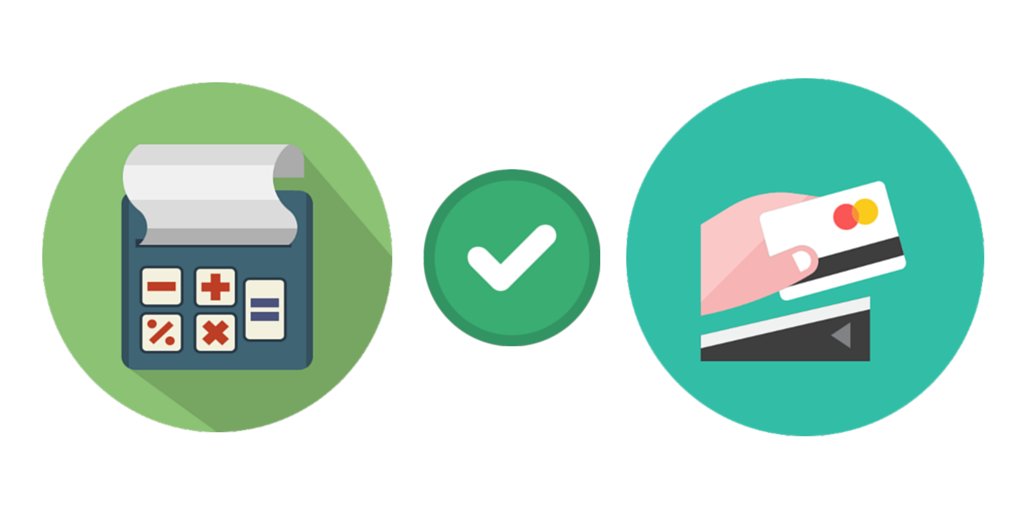Until the age of the high deductible ushered consumerism into healthcare, the general public was largely shielded from the cost of healthcare, gladly paying their copays along with the occasional small deductible. With those deductibles now in solid 4-digit territory (the average ACA plan deductible is running at $3000/$6000) it is necessary for patients to know the cost up front in order to know exactly how to prepare for functionally financing their own healthcare.
As a result, providers of all kinds are now encountering the need to provide that information to patients prior to any appointment. If not, they risk losing a patient or never seeing them in the first place. So in addition to good patient relations, here are 3 reasons why every provider should offer cost estimates to every patient to improve point of service patient collections:
1. Opportunity to educate patients on their responsibilities and options
Let’s face it: navigating healthcare today can be difficult. According to a 2014 Kaiser Family Foundation survey of Health Insurance Marketplace Assister Programs, there are over 4,400 Assister Programs employing more than 28,000 full-time-equivalent staff and volunteers. A majority of these programs say most consumers who sought help struggled to understand even basic health insurance terms such as “deductible” or “network service”. Eliminating the element of surprise and offering payment options in an already delicate situation can only improve the overall patient experience and give the patient peace of mind.
2. Build trust and project professionalism
Along with providing superior service, building trust and projecting professionalism are key objectives in building a strong and loyal client base. Understanding and communicating the cost of care may be unpleasant at times, but patients expect, deserve and appreciate communication with them in a proactive and positive manner. This transparency strongly reinforces the provider’s image as one of competence and patient-friendliness.
3. Move your receivables to the front end of the healthcare transaction
Knowing how much something costs is really only part of the equation. Timing of the payment becomes crucial to the completion of the revenue cycle. If the cost of something is unknown, it is impossible to ask for payment. And waiting until the insurance company assigns an allowable to a claim only builds uncertainly. The patient wonders HOW MUCH the bill is going to be and the provider wonders IF payment will even occur. Offering an estimate on or before the date of service and professionally and respectfully seeking payment (in part or in total) at the time of service will allow providers to improve cash flow and spend less time and money in chasing those very same dollars after the service has been performed. Most importantly, the best time to seek payment or make arrangements to pay is while you have the patient in your presence!
In the end, people have a right to know how much money they need to spend to get the services they require. Cost-estimation and point of service collection efforts are a cost-effective, proactive approach that sets the expectation for the patient while creating a healthier environment for all involved.
